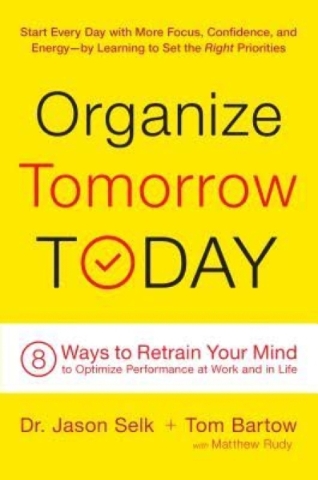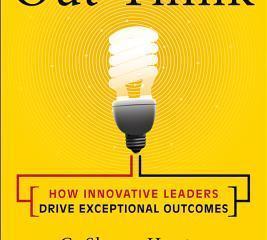

“501 Ways to Roll Out the Red Carpet for Your Customers — Easy to Implement Ideas to Inspire Loyalty, Get New Customers, and Make a Lasting Impression” by Donna Cutting (Career Press, $16.99).
Customers always have choices. Harris Interactive studies show that “89 percent of consumers quit doing business with a company (and went to a competitor) because of a bad customer experience,” and “55 percent of consumers are willing to recommend a company due to outstanding customer service over product or price.”
Each person with whom a customer interacts makes an impression. To make a great impression, your employees must be “Red-Carpet Ready.” This starts by identifying those in the company who excel in customer service. “When you study your best, you know what you’re aiming for.” Create an organizational culture around their attributes. You’ll find that your amazing people won’t tolerate mediocrity. Employee engagement increases — a rising tide lifts all boats. That said, ask this question: “If every employee had to reapply for his or her job every year, how many would you rehire?”
Give employees the responsibility for determining service options. Why? Customers don’t fit into boxes. While their situations may be the same, their personalities differ.
Continually emphasize expectations; celebrate successes. “Inspect what you expect”; use problems as learning experiences.
Pay attention to your hiring criteria. There’s a difference between ability and attitude. When it comes to tasks, you can teach how-to. It’s difficult to change attitude. During interviews, ask “how would you” questions drawn from your firm’s actual customer service experiences.
Now that you have your team “Red Carpet Ready,” you can explore the 501 tips Cutting discovered during interviews with numerous firms small, medium and large. You’ll find that many only require common sense, not money, to implement.
Key takeaway: It takes far fewer marketing dollars to keep a customer than it does to acquire one. Top-notch, post-sale customer service must be a high priority.
“Organize Tomorrow Today: 8 Ways to Retrain Your Mind to Optimize Performance at Work and in Life” by Dr. Jason Selk and Tom Bartow with Matthew Rudy (Da Capo Lifelong Books, $21.99).
When confronted by overflowing inboxes, changing priorities and looming deadlines, remember Miller’s Law (also known as “The Magical Number Seven, Plus or Minus Two”): Most adults can keep between five and nine items within their short-term memory (i.e. working memory).
The first three steps of the authors’ productivity methodology hit home for me:
1. “Organize tomorrow today”: It’s all about establishing priorities. Before you leave work each day answer two questions: 1. “What are the three most important things I need to get done tomorrow?” 2. “What is the single most important task I must get done?” Write down your answers; review them when you get to work and add notes about specific tasks.
2. “Choose wisely”: Make sure your goals are realistic. If they’re too ambitious, you’ll likely work very hard but have little sense of achievement, which will wreak havoc on your attitude. When attitude takes one step back, productivity takes two.
When things come up during your day, understand what’s involved before saying yes or no. A “yes” requires a time commitment, which could interfere with your tasks.
3. “Maximize your time”: There are soft spots in daily schedules because meetings and calls can start late or end early, and appointments cancel. You can use any “found” times to work on your prioritized tasks or to take a break to clear your head and refocus.
The bottom line: “Gettting the most important things done each day” makes sense. But without self-discipline and awareness, it’s difficult to accomplish.
— Jim Pawlak is a nationally syndicated reviewer of business books.






